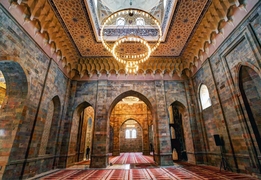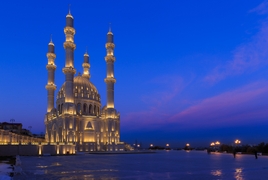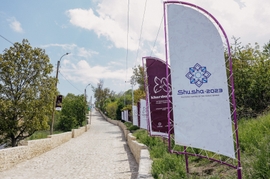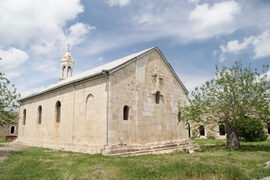Russians celebrate Maslenitsa, also known as “butter week,” or “pancakes week” – a traditional folk holiday that celebrates a farewell to winter and welcomes in the spring with exuberant festivities and a tasty treat, served either sweet or savory, known as bliny.
Maslenitsa contains both pagan and Christian traditions and is celebrated annually throughout the last week before Great Lent, or the eighth week before Eastern Orthodox Easter, which this year lands on Sunday, April 16.
The oldest Slavic holiday, which has not lost its relevance for hundreds of years and is still widely celebrated, will last for seven days, from February 20-26 this year.
Maslenitsa is arguably the most popular and cheerful holiday in Russia, dating to times when the Slavs, the dominant ethnic group in Russia, were still pagans.
According to tradition, people make pancakes with various fillings such as sour cream, caviar, salmon, stuffing, fruit and berry jam. If you are big on desserts, you are not forgotten: bird cherry pancakes with sea buckthorn curd and condensed milk, lemon-poppy and mint pancakes with chocolate chips, pancakes with bananas and honey butter are all available.
Master cooking classes will be held for those wanting to perfect the art of making bliny as millions of housewives and babushka (grandmothers) across Russia have done for centuries.
Although Maslenitsa is widely perceived as a fun and harmless traditional festivity, it features little-known rough and tumble activities, besides cooking and eating bliny.
These days Russians cannot resist indulging in stenka na stenku, or “wall-on-wall” fighting that is usually performed with anywhere from dozen to several hundred participants. A group of brawlers ranging from six to over 100 gather together, then line up in two neat rows, or "walls,” facing each other and test their manliness in the year’s toughest fight. The fighting is performed strictly by rules and could go on for hours. The event is primarily intended for fun, but it also serves as a test of camaraderie and a chance to feel a part of a larger brotherhood of warriors.
The celebration also features popular winter activities, like sledges, snowmen building, snowball battles or other activities that can fill guests with the spirit of a real Russian festivity. This year is no exception. Festivities are organized in many sites across the country. Numerous parks organize a festive program that includes artistic events, entertaining competitions, master classes, and theatrical performances.
The week-long celebrations culminate with the burning of a straw dolly which represents winter - an example of the Pagan side of the festival.


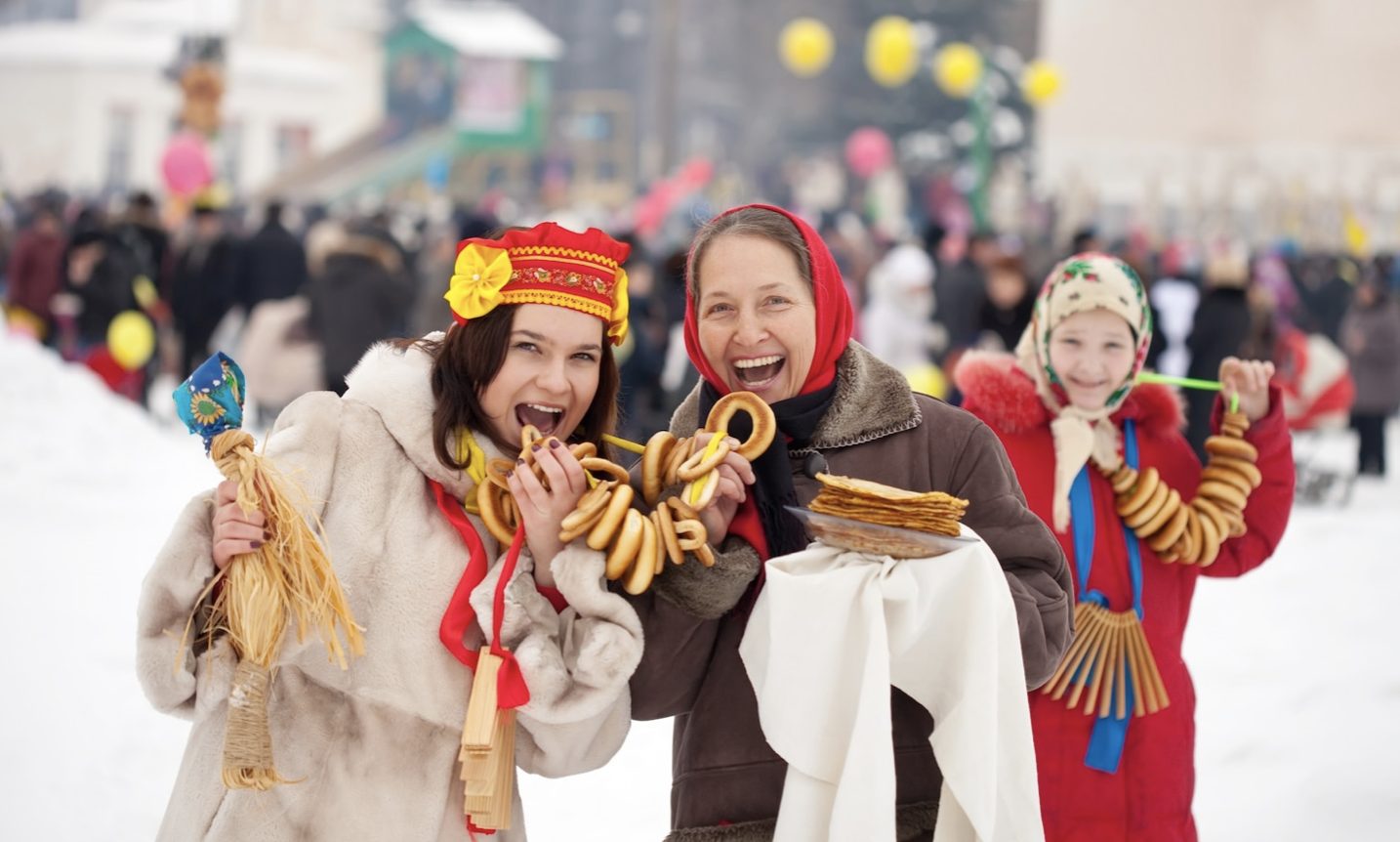




 The number of evacuees from flooded areas in Kazakhstan has reached 97,852 people, including about 32,856 children since March 27.
The number of evacuees from flooded areas in Kazakhstan has reached 97,852 people, including about 32,856 children since March 27.
 The Islamic holy month of fasting, Ramadan comes to an end this week with the celebration of a joyous festival called Eid (meaning “festival” in Ar...
The Islamic holy month of fasting, Ramadan comes to an end this week with the celebration of a joyous festival called Eid (meaning “festival” in Ar...
 Iran's senior military leaders described the drone and missile attack on Israel on April 14 night as “successful".
Iran's senior military leaders described the drone and missile attack on Israel on April 14 night as “successful".
 Iranian President Ebrahim Raisi warned Israel that it would face a "real and extensive" response if it makes any "mistake" following Tehran’s missi...
Iranian President Ebrahim Raisi warned Israel that it would face a "real and extensive" response if it makes any "mistake" following Tehran’s missi...
